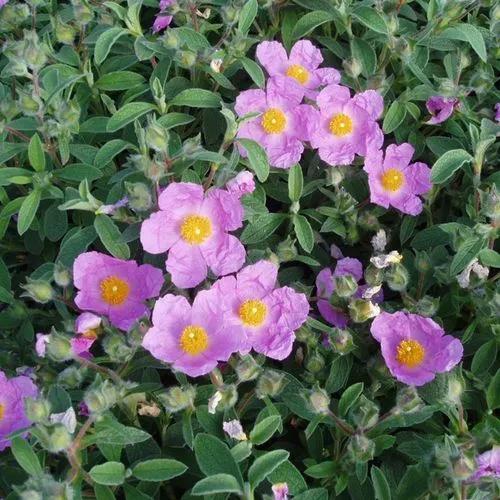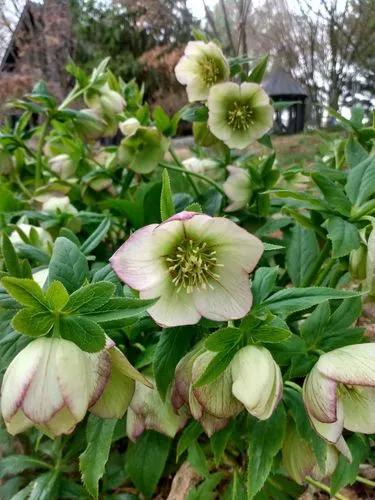Smilax aspera, with common names common smilax, rough bindweed, sarsaparille, and Mediterranean smilax, is a species of flowering vine in the greenbriar family.
Common Smilax, Rough Bindweed, Sarsaparille Care
Smilax aspera



Smilax aspera is a perennial, evergreen climber with a flexible and delicate stem, with sharp thorns. The climbing stem is 1–4 metres (3 ft 3 in–13 ft 1 in) long. The leaves are 8–10 centimetres (3.1–3.9 in) long, petiolated, alternate, tough and leathery, heart-shaped, with toothed and spiny margins.
It is the monocot with reticulate type of venation. Also the midrib of the underside of the leaves are provided with spines. The flowers, very fragrant, are small, yellowish or greenish, gathered in axillary racemes. The flowering period in Mediterranean regions extends from September to November.
The fruits are globose berries, gathered in clusters, which ripen in Autumn. They are initially red, later turn black. They have a diameter of 8–10 millimetres (0.31–0.39 in) and contain one to three tiny and round seeds. They're insipid and unpalatable to humans, but they are a source of nourishment for many species of birds. Invasive in the eastern United States.
This plant might be poisonous
How to get rid of:
You can use a regular garden hoe, but for deep-rooted ones, I recommend you use a special tool called a winged weeder.
To remove weeds with the winged weeder, place the bottom tip of the blade right next to the stem and press down vertically to push the blade into the soil and then tilt the weeder downwards towards the ground to pull the whole root out. Repeat this operation as necessary.
If there are too many weeds to remove manually or with a hoe, you can use a weed killer made of chemicals and spray the chemical directly on each weed. It's not environment-friendly, so use only if it is absolutely necessary. Some, like Ortho's Weed-B-Gon, kill many weeds including dandelions, crabgrass, and clover. This product does not damage the lawn. Or you can purchase the concentrate, mix it with water, then spray where needed.
After spraying, you can see results in a day or so. After they die, you'll have remove them by hand, which is difficult, but much easier than pulling a live weed.
How to Care for the Plant

Popularity

621 people already have this plant 98 people have added this plant to their wishlists
Discover more plants with the list below
Popular articles






